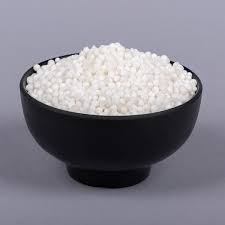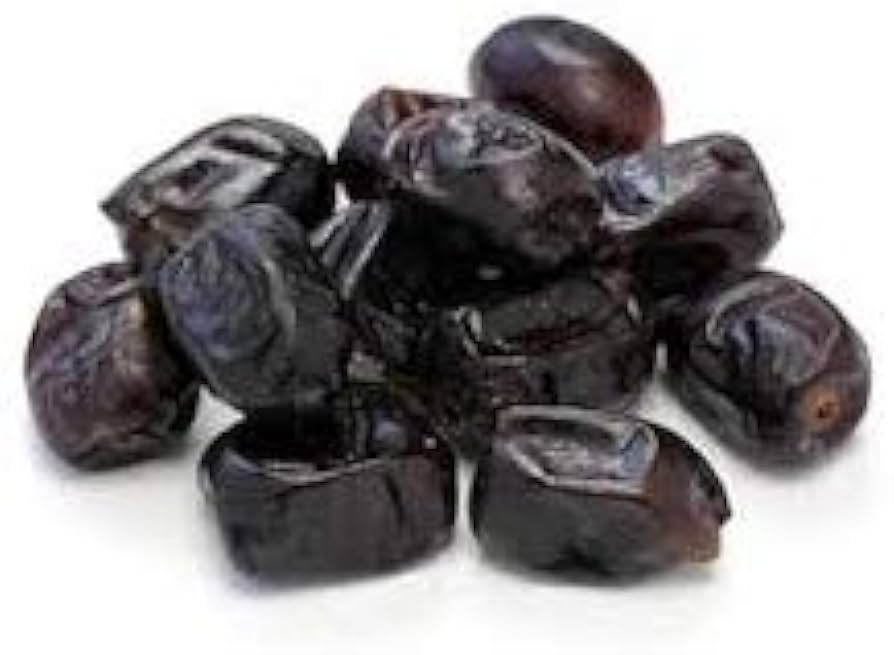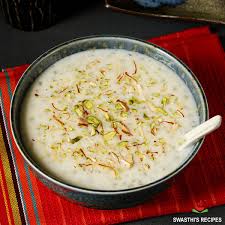Sabudana
₹10.50 – ₹110.26
Health Benefits: While sabudana is primarily a source of carbohydrates and energy, it also offers some potential health benefits:
Sabudana is available in the form of small, round, pearl-like granules. It is typically white or sometimes translucent in color. When raw, sabudana is hard and opaque, but it becomes soft, translucent, and chewy when cooked.
Culinary Uses: Sabudana is a versatile ingredient used in both sweet and savory dishes. Some popular dishes made with sabudana include:
- Sabudana Khichdi: A savory dish made by sautéing soaked sabudana with potatoes, peanuts, and spices like cumin seeds, green chilies, and curry leaves.
- Sabudana Kheer: A sweet pudding made with sabudana, milk, sugar, and flavored with cardamom, saffron, and nuts.
- Sabudana Vada: Deep-fried fritters made from a mixture of soaked sabudana, mashed potatoes, peanuts, and spices.
- Sabudana Papad: Thin, crispy papads or pappadums made from a dough of sabudana, spices, and sometimes herbs.
Nutritional Value: Sabudana is primarily composed of carbohydrates and provides energy. It is gluten-free and easy to digest, making it suitable for individuals with gluten intolerance or digestive issues. Sabudana also contains small amounts of minerals like calcium, iron, and phosphorus.
Preparation: Before using sabudana in recipes, it needs to be soaked to soften it. To soak sabudana, rinse it thoroughly under cold water to remove any excess starch. Then, soak the sabudana in water for several hours or overnight until it swells up and becomes soft. Drain any excess water before using it in recipes.
Health Benefits: While sabudana is primarily a source of carbohydrates and energy, it also offers some potential health benefits:
| WEIGHT | 10GM, 50GM, 100GM, 200GM, 500GM, 1KG |
|---|

















Reviews
There are no reviews yet.